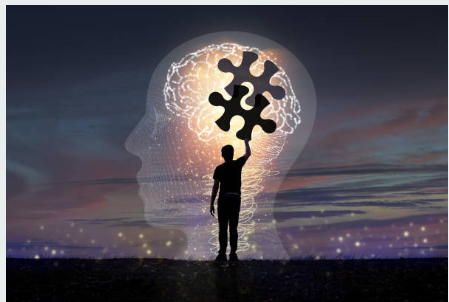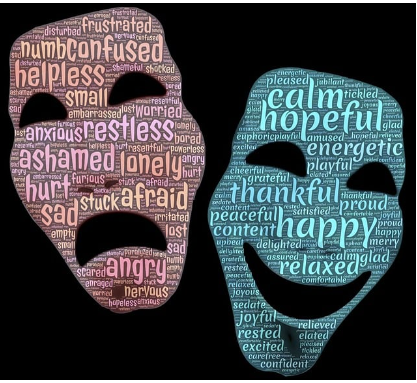

Your way to a vida plena

Chronic pain is a profound experience that goes far beyond physical discomfort. It affects daily life, relationships, and overall well-being.
Whereas acute pain has a clear protective function, it warns us of danger, chronic pain is often much more complex. Two important factors play a major role here: emotions and the nervous system.
Emotions as amplifiers or softeners
Pain is always experienced in the brain. Emotions and meaning are automatically added to it. This explains why the same physical sensation can feel much more painful for one person than for another.
This often creates a vicious cycle: pain ➝ negative emotions ➝ more pain.
Sometimes the body even uses pain to distract us from difficult emotions. Take migraine, for example: instead of feeling fear, the body triggers an attack that takes all your attention. Unfortunately, the fear of the next attack can make the pain worse.
The nervous system in the spotlight
The nervous system is the highway for pain signals. Normally, it only sends messages when there is real damage or danger.
With chronic pain, this system can become overly sensitive. This is called sensitization.
The Mind–Body Connection
Emotions and the nervous system constantly influence each other:
This explains why chronic pain is both complex and self-sustaining.
What Can Help?
The good news: this process can be reversed. Treatment often focuses on both the body and the mind, for example:
In my practice, I guide people step by step to restore balance between emotions, the body, and the nervous system. This brings more peace, control, and quality of life.
Conclusion
Chronic pain is much more than a physical problem. Emotions and the nervous system play a crucial role in how pain is experienced. By better understanding and influencing both, there is room for recovery and a more valuable life.